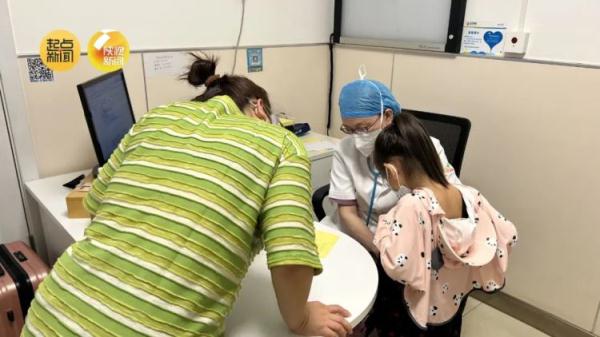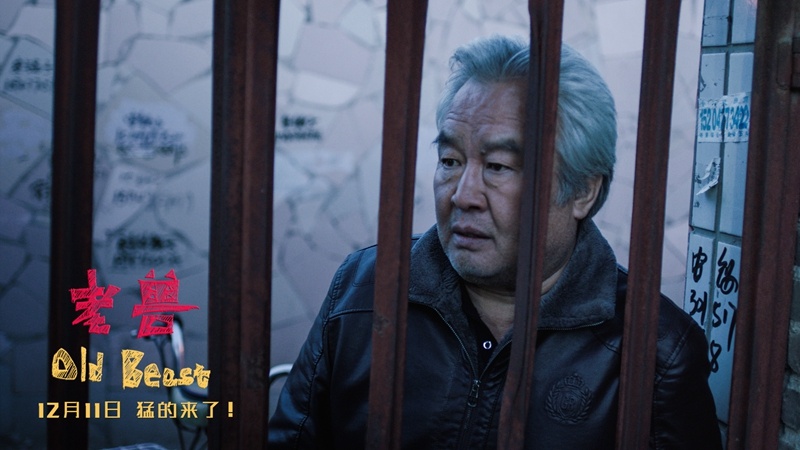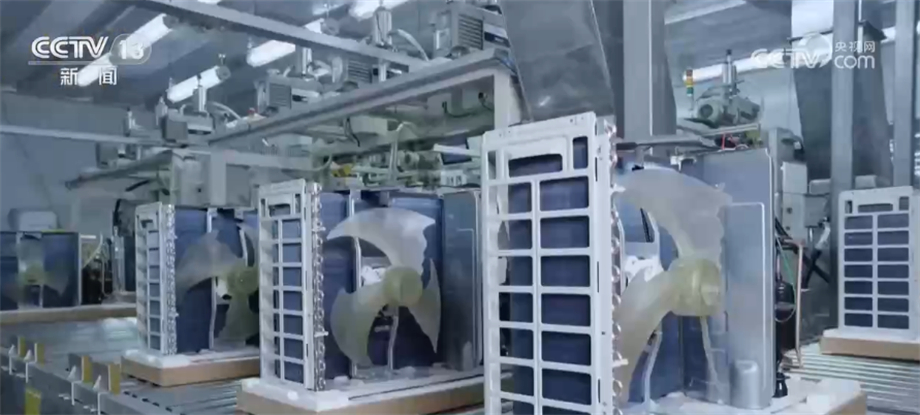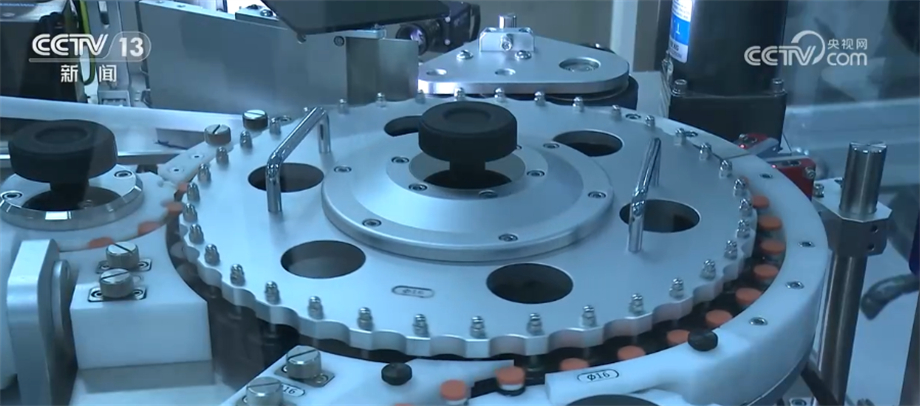According to the website of National Health Commission on the 13th, the comprehensive group of joint prevention and control mechanism for novel coronavirus epidemic in the State Council recently issued the Notice on Further Strengthening the Quality Management of nucleic acid sampling in Covid-19. In order to further strengthen the quality management of nucleic acid sampling in Covid-19, improve the standardization and accuracy of nucleic acid sampling, and provide safe and high-quality nucleic acid sampling services for the people, the relevant requirements are hereby notified as follows:
First, fully understand the importance of nucleic acid sampling
Nucleic acid sampling is an important part of nucleic acid detection in Covid-19. The standardized operation, personnel training and organization management of sampling are directly related to the accuracy and reliability of the test results and the personal feelings of the people. Improper management of nucleic acid sampling may not only lead to inaccurate test results, but also cross-infection among people, which will adversely affect epidemic prevention and control. All localities should attach great importance to the management of nucleic acid sampling, take problem-oriented measures, pay close attention to implementation, standardize the management of sampling links, and continuously improve the quality of nucleic acid sampling.
Second, ensure that the sampling personnel are qualified.
All localities should strictly manage the qualification of nucleic acid sampling personnel, and on the basis of existing medical personnel, personnel with health-related professional and technical qualifications in private hospitals, retail pharmacies, school clinics and enterprises and institutions should be included in the sampling personnel team, and they can engage in nucleic acid sampling only after they have been organized and standardized by the health administrative department and passed the examination. The deployment and use of sampling personnel should try not to crowd out normal medical resources to ensure the people’s demand for medical treatment.
Three, standardize the training of nucleic acid sampling
The local health administrative departments should standardize the organization, training and assessment of nucleic acid sampling in accordance with the Handbook of Nucleic Acid Detection in Medical Institutions in novel coronavirus (Trial Second Edition) and the Training Program for Nucleic Acid Sampling in Covid-19 (see Annex). By making training videos and organizing practical training, sampling personnel can master commonly used collection methods such as oropharyngeal swab and nasopharyngeal swab, correctly put on and use personal protective equipment, and implement various infection control measures. Video training is not allowed to replace practical training.
Fourth, strengthen the quality control of nucleic acid sampling
All localities should earnestly strengthen the quality control of nucleic acid sampling, and ensure the scientific operation and behavior of sampling personnel in accordance with the principle of "no training and no post, and no post if the training is unqualified". At the same time, the nucleic acid detection institutions should further improve the indoor quality control, and monitor whether the cells are collected by the sampling swab by analyzing the internal reference data of the detection reagents, so as to reflect and improve the sampling quality. The administrative department of health should organize to carry out spot checks on nucleic acid sampling, find problems in time, and put forward suggestions for improvement.
Five, do a good job in the organization and management of nucleic acid sampling
All localities should further strengthen the organization and management of nucleic acid sampling points, guide each sampling point to be equipped with enough sampling personnel, auxiliary personnel or volunteers, reasonably arrange the sampling personnel to shift and rest, provide corresponding logistics services, implement the relevant requirements of caring for medical personnel, and provide high-quality and efficient nucleic acid sampling services for the masses.
Covid-19 nucleic acid sampling training program  
In order to guide all localities to do a good job in training nucleic acid sampling personnel, standardize the sampling process, ensure the sampling quality and prevent possible cross-infection, this scheme is formulated.
I. Training organization
Local health administrative departments or their entrusted professional institutions are responsible for formulating training courseware and training course arrangement, and organizing nucleic acid sampling assessment. Those who pass the examination shall obtain the sampling training certificate issued by the health administrative department or its entrusted professional organization.
Second, the training content
The training contents mainly include the collection methods of oropharyngeal swabs and nasopharyngeal swabs, personal protection and infection control. The training time is at least one day, including theoretical training and practical training.
(a) oropharyngeal and nasopharyngeal swab sampling.
1. Collection method of oropharyngeal swab. The subjects adopt a posture with their heads slightly tilted and their mouths wide open, exposing their pharyngeal tonsils on both sides. The key point of oropharyngeal swab sampling is to pass the swab over the base of tongue, wipe it back and forth at least 3 times with a little force on both sides of pharyngeal tonsils, and then wipe it up and down the posterior pharyngeal wall at least 3 times. After sampling, put the swab head into the collection tube containing virus preservation solution, with the swab breaking point at the nozzle, break it slightly to make the swab head fall into the liquid in the collection tube, discard the broken swab rod, tighten the tube cover, and put the collection tube on a stable shelf. After each case is collected, the sampling personnel shall carry out hand disinfection.
2. Nasopharyngeal swab collection method. The sampler holds a swab and sticks it to the nostril to enter, and slowly goes back and forth along the bottom of the lower nasal passage. Because the nasal passage is arc-shaped, do not use too much force to avoid traumatic bleeding. When the tip of the swab reaches the back wall of nasopharyngeal cavity, gently rotate it for one week (in case of reflex cough, it should be stop for a minute), then slowly take out the swab and immerse the swab head in a tube containing 2 ~ 3 ml virus preservation solution.
In case of multi-person mixed mining, we should also pay attention to the standard operation of mixed swab. Taking 10-in-1 mixed sampling as an example, the remaining 9 swabs were collected in turn according to the above collection method, and the collected swabs were placed in the same collection tube, with gentle movements to avoid aerosol generation. After continuously collecting 10 swabs, tighten the tube cover to prevent spillage. If there are less than 10 swabs in the collection tube, special marks should be made and recorded.
(2) Personal protection of sampling personnel. Personal protection includes putting on and off personal protective equipment (including: medical protective mask, latex gloves, protective screen or goggles, isolation gown or protective clothing and working cap) correctly, and standardizing hand hygiene.
Personal protective equipment should be worn in the following order: medical protective mask and working cap, isolation gown or protective clothing, protective screen or goggles, and gloves. After wearing a mask, the tightness test of the mask should be carried out to ensure good tightness. If the mask is polluted or wet during use, gloves and protective clothing should be replaced in time if they are polluted or damaged.
Before taking off personal protective equipment, it is necessary to carry out hand hygiene, then take off protective screen or goggles in turn, take off isolation gown or protective clothing, gloves, hat and medical protective mask. In the process of taking off, the contaminated surface should not touch the internal clothes. Hand hygiene should be done before and after each step, and hands should not touch the contaminated surface.
(3) Infection control.
1. The sampling point is partitioned. The sampling point should be an open and well-ventilated site, which is divided into waiting area, collection area, buffer area, temporary isolation area and temporary storage area of medical waste, so as to effectively disperse the density of people to be inspected. (1) Waiting area. Set pedestrian passage, at the same time set a safe distance to ensure the protection and safety of waiting personnel. According to the weather conditions, it is equipped with facilities such as heat preservation, cooling, sun protection and rain protection. (2) Acquisition area. According to climatic conditions, tents, cold/warm fans and appropriate tables and chairs are provided. Equipped with disinfection supplies, swabs and virus collection tubes for collection, and paper towels, vomit bags and masks should be prepared for the collected personnel. If the specimen cannot be transported to the laboratory in time, a 4℃ refrigerator or low-temperature storage box should be prepared for temporary storage. (3) Buffer area. The space should be relatively closed for sampling personnel to change personal protective equipment, place protective equipment, disinfection supplies for collection, swabs, collection tubes and outdoor disinfection equipment that match the scale of sampling points. (4) Temporary isolation zone. Used to temporarily isolate suspected patients or high-risk groups found in the collection process. (5) Temporary storage area for medical wastes. Used for temporary storage of medical waste, and do a good job of collection, packaging, harmless treatment, handover and so on.
2. Do a good job of cleaning and disinfection. When collecting specimens, hand hygiene should be strictly implemented, and one hand should be disinfected, that is, after the specimen collection of the previous person is completed, hand disinfection must be carried out before the next collection operation can be carried out. Attention should be paid to the prevention and control of infection in the sampling process, and other parts should not touch the mined personnel except the swab to prevent cross-infection. After the sampling site work, medical instruments, articles and surfaces should be cleaned and disinfected. Clean the environmental surface thoroughly with clean water and detergent, and use effective disinfectants to disinfect the surface of environmental objects, especially the high-frequency contact parts. Standardize the treatment of patients’ respiratory secretions, excreta and vomit.
3. Avoid crowds. Clear guiding signs should be set up at sampling points to ensure one-way flow of personnel, and the sampling process and matters needing attention should be defined. Do a good job in the fine organization and management of the sampling site. While maintaining the work order by staff and volunteers, we encourage physical means to strictly implement the requirements of safe distance interval.
Third, the assessment
The assessment contents include sampling operation, personal protection and theoretical knowledge of sensing control. The main assessment of practical operation, when necessary, can arrange a simple theoretical examination. It mainly covers the following contents:
1. Whether you can wear a mask correctly and how well you know the potential risks.
2. Whether you can correctly grasp the procedures of putting on and taking off isolation gown or protective clothing, and understand the potential risks.
3. Whether the oropharyngeal and nasal swab collection operation can be standardized, and the degree of understanding that irregular operation may affect the test results.
4. Whether hand hygiene can be carried out correctly, and the degree of understanding of infection control methods such as environmental ventilation, cleaning and disinfection, and standardized disposal of medical wastes.





















